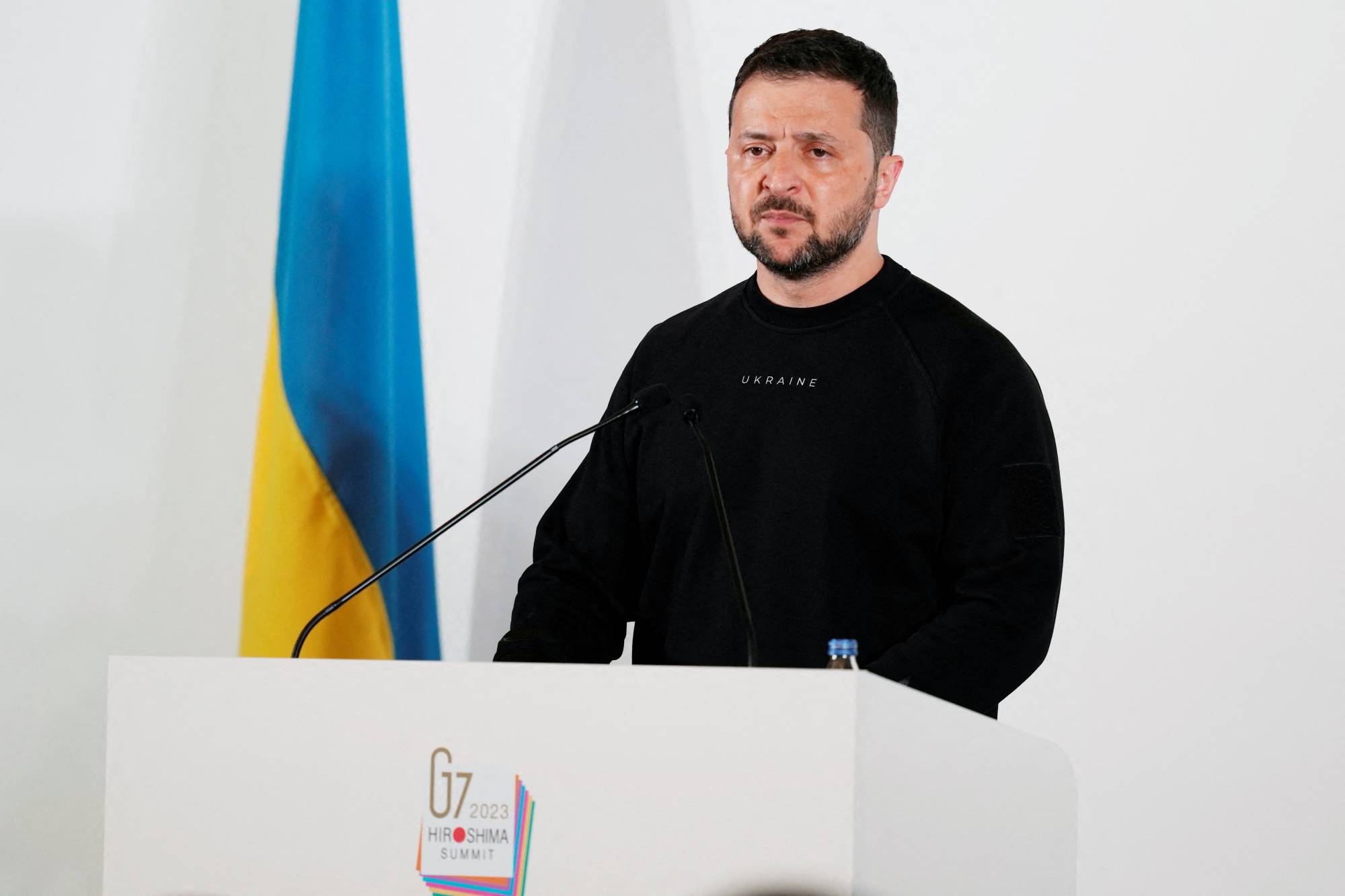On Sunday, the last day of the Group of Seven summit, I was supposed to help my colleague write a story on a trilateral meeting between Japan, the U.S. and South Korea and prewrite a story about hibakusha Setsuko Thurlow before her news conference set for later in the day.
But that plan went down the drain when we learned that Ukrainian President Volodymry Zelenskyy was going to hold a news conference in the evening.
“Your job today is to write a story about Zelenskyy’s news conference in first person,” an editor told me at a morning planning meeting. It actually took hours before the information sunk in ... that I would be there in person for the biggest story of the day.


















With your current subscription plan you can comment on stories. However, before writing your first comment, please create a display name in the Profile section of your subscriber account page.